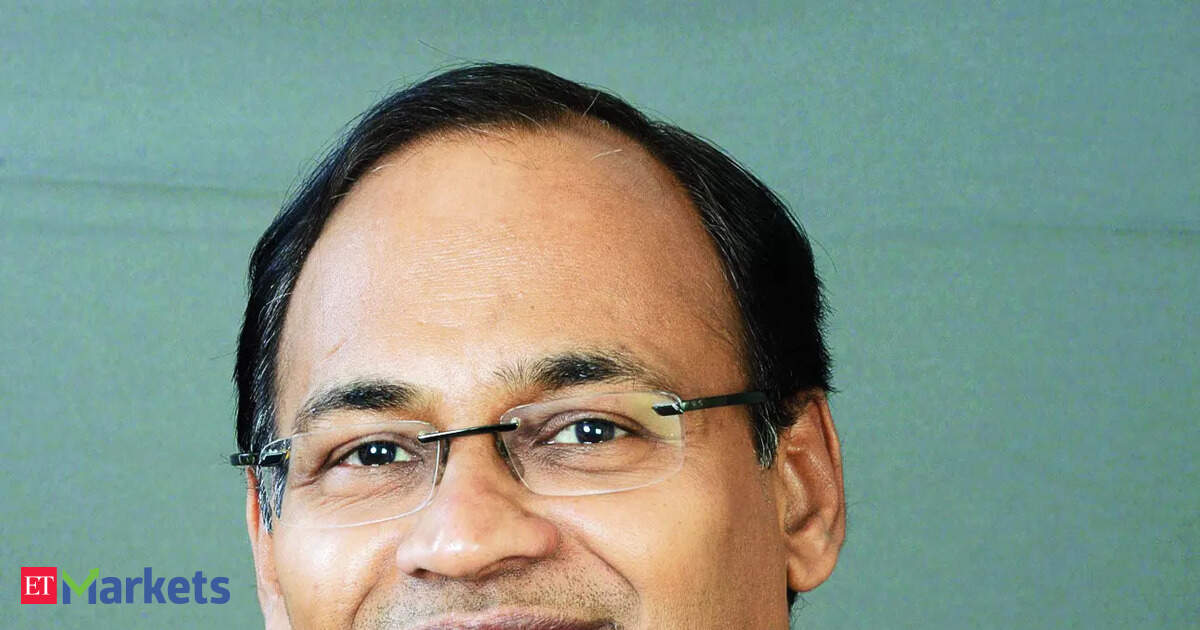Federal Bank’s net profit dropped 15% year-on-year in the first quarter ended June 2025 due to a sharp rise in provisions.
Provisions nearly tripled to ₹400 crore in June 2025 from ₹144 crore in the year-ago period, due to elevated slippages from the agriculture and microfinance businesses.
Manian said the bank had seen collection efficiencies improve in July versus the previous quarter.
“We saw the peak of our slippages in May. In June and July, we have seen a drop in slippages in micro finance. Since last year, December quarter, we have taken an accelerated provision on our unsecured loans, so that policy continues. This slippage effect lingers for a quarter more at best, not more than that, because we take 100% provision by that time,” Manian said.
Federal Bank’s gross slippages for the quarter stood at ₹658 crore, out of which ₹543 crore was from retail and agriculture.The spike in slippages from the micro finance and unsecured loans resulted in higher credit costs for the quarter. Credit costs increased to 65 basis points of the total loan book, higher than the guidance.Executive director Venkatraman Venkatewaran said excluding the microfinance and agriculture impact the bank’s credit costs are in line with historical trends. “Having seen the trend of the slippage in the months of May, June, July, and the downward trajectory, we are confident that we will maintain our full year credit cost guidance around 55 basis,” Venkatewaran said.
Federal Bank’s net interest margin (NIM), a key profitability metric, was at 2.94% for the quarter under review, lowest in the past five quarters. Venkatewaran said the bank expects the NIM to bottom out in the second quarter subject to no further rate cuts and improve in the second half of the year as cost of funds improve.
The bank expects a strong opportunity in secured MSME, business banking, gold backed lending, and the other medium yielding segments, like loan against property and commercial vehicles financing.
Manian said the bank is more optimistic on growth in some business segments like gold loans for example where it expects a 20% to 25% growth this fiscal.
“We are more hopeful that things are now in place to push for growth. Mid-yielding assets are part of the strategy. I continue to say that our ROA is defined, defined by improvement in CA in CASA, improvement in fees and change in mix of assets, all of which you can see the evidence of in the results. So all those three that we guided improvement in ROA based on all those three parameters are playing out,” Manian said.








